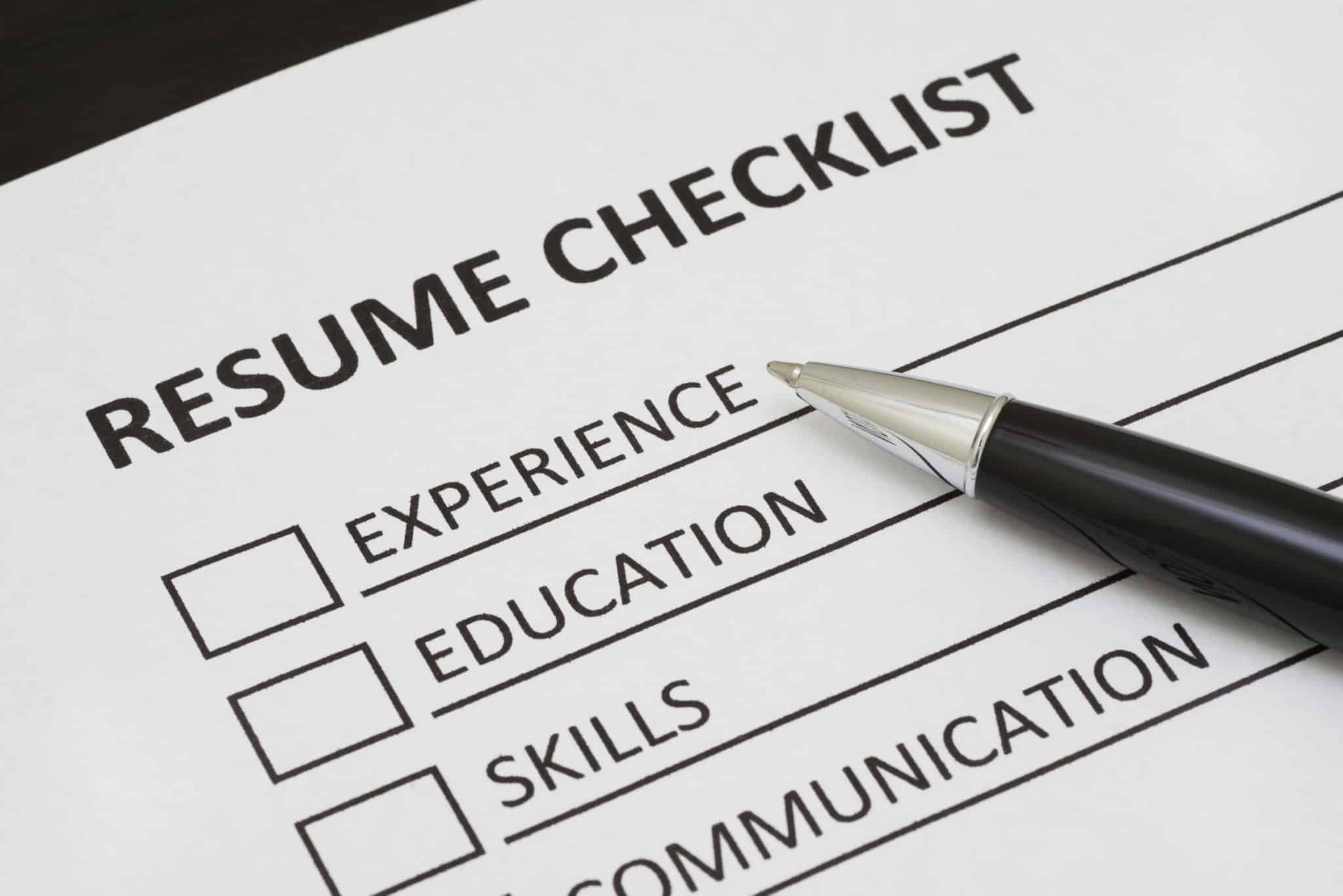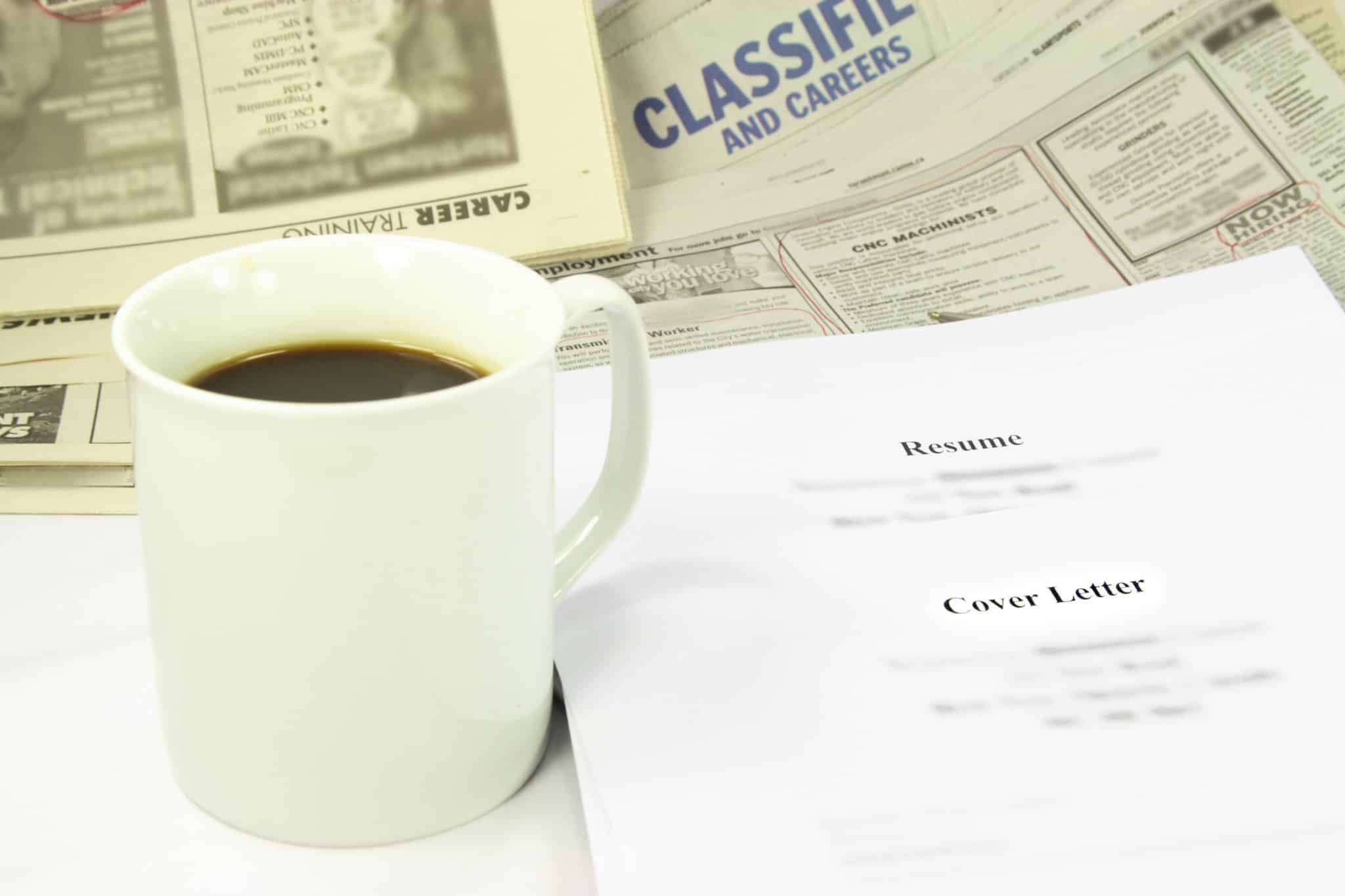How to Write a CV That Will Land You the Job
When looking for a job, your CV is one of the most important tools in your arsenal.
A well-written CV can help you stand out from the competition and land an interview. But how do you write a CV that will make employers take notice?
This article will discuss how to write a CV that will impress hiring managers and help you get the job you want!
Steps To Writing the Perfect CV
Writing a CV can be challenging whether you’re starting your career or are a seasoned professional looking to change jobs.
But with the right approach and careful preparation, it’s possible to craft a CV that will help you stand out from the competition and land an interview for the job of your dreams.
Here are some tips to help you write the perfect CV.
- Pick the Right Format
- Add Your Contact Info
- Start With a Personal Profile On Yourself
- List Your Relevant Experience
- Build Your Education Section
- Make It Pretty With a Template
- Write a Bomb Cover Letter
Pick the Right Format

Your CV is your first opportunity to make a good impression on a potential employer.
As such, it’s essential to take the time to format it in a professional and eye-catching way.
Start by using a clear, easy-to-read font in a size that will be easy for employers to see.
Then, use bullet points or short paragraphs highlighting your skills and experience.
Include any relevant information, such as education, certifications, and previous work experience.
Types of formats
There are three main types of CV formats:
- chronological
- functional
- hybrid
Chronological CVs list your work experience and education in reverse-chronological order (i.e., your most recent experience first). This is the most common type of CV and what most employers prefer.
Functional CVs highlight your skills and qualifications instead of listing your work experience. This type of CV can be helpful if you’re changing careers or have gaps in your employment history.
Hybrid CVs are a combination of chronological and functional formats. They list your work experience and skills, but they do so to emphasize your skills and qualifications first.
When deciding which format to use, think about what type of information you want to emphasize and what will impress the employers you’re interested in.
If you’re unsure which format is suitable for you, look at some CV samples to get an idea of how each format is used.
Add Your Contact Info
The first step in writing your CV is to add your contact information.
This includes your:
- name
- email address
- phone number
- LinkedIn profile or personal website
This will allow employers to learn more about you and your work.
While adding contact information is pretty straightforward, it is essential to remember that future employers will use this information to research you before deciding to interview you. So, make sure that everything is up-to-date and accurate.
Start With a Personal Profile On Yourself
After you’ve added your contact information, the next step is to write a personal profile.
A personal profile summarizes who you are and what you’re looking for in a job. It should be one to two sentences long and include your most relevant qualifications and skills.
Your personal profile can come in two forms:
- A Summary
- An Objective
Summaries
A summary is a brief, targeted statement at the top of your resume. It concisely highlights your key strengths, skills, and accomplishments, making it perfect for employers who are quickly scanning resumes.
While it can be tempting to list your skills and achievements, a personal summary should be much more than just a laundry list.
Instead, focus on what makes you unique and why you would be an asset to the company.
For example: if you’re applying for a job in customer service, you might want to highlight your ability to stay calm under pressure and resolve conflict.
If you’re applying for a job in marketing, you might want to highlight your creativity and ability to think outside the box.
Example of a Summary:
A summary is a great way to start your CV, as it gives potential employers an overview of who you are and what you can do.
For example, if you’re applying for a job as a web developer, you might include a summary that reads:
“I am a web developer with five years of experience designing and building websites. I have a strong foundation in HTML, CSS, and JavaScript, and I am always looking to stay up-to-date with the latest web technologies.”
This would give potential employers an immediate understanding of your skills and experience and set you apart from other candidates who didn’t include a summary on their CV.
By crafting a personal summary tailored to the specific job you’re applying for, you can increase your chances of standing out from the crowd and landing an interview.
Objectives
An objective on a resume is a statement of what the applicant would like to achieve while in the desired position. This differs from a summary, which is a condensed version of one’s work and educational history.
A good objective is:
- Relevant: Your objective should be specific and targeted to the position you are applying for.
- Concise: An objective is typically no longer than 100 words. Try to keep it brief and focus on essential information.
- Original: Don’t use clichés or buzzwords. Be original in your language, and avoid overused phrases like “go-getter” or “hard worker.”
Example of an objective:
A practical objective should be clear and concise, giving recruiters a snapshot of your abilities without too much detail.
For example, if you are an experienced accountant with strong financial analysis skills, your objective might read:
“To secure a position as a financial analyst where I can utilize my strong analytical skills to contribute to the organization’s success.”
By clearly articulating your goals, you can make it easier for recruiters to identify whether you are a good fit for the role.
Following these simple tips ensures that your objective statement makes a positive impression on potential employers.
List Your Relevant Experience

Once you’ve written your personal profile, the next section of your CV should list your relevant experience.
Start by listing your current or most recent job first. Then, work backward through your employment history, listing each job in reverse-chronological order.
For each job, include the following information:
– Job title
– Name and location of the employer
– Dates of employment
– Description of your role and responsibilities
If you don’t have much work experience, you can include relevant internships, volunteer positions, or extracurricular activities.
Build Your Education Section
The next section of your CV should focus on your education.
Start by listing the name and location of the school you attended and the dates you were there. Then, include the degrees or certificates you earned and any relevant coursework.
If you’re a recent graduate or still in school, and you don’t have much work experience, you’ll want to put your education experience before your work experience.
In this case, try expanding on your education. Include things like:
- relevant coursework
- study abroad programs
- or any extracurricular activities that are relevant to the job you’re applying for.
For example, if you’re applying for a job in marketing, you might want to include information about the student-run ad campaigns you participated in.
If you’re applying for a job in education, you might want to include information about the teaching assistant positions you held.
Including this type of relevant information can help fill in the gaps for employers who are looking at your CV.
Make It Pretty With a Template
In today’s job market, your CV is your first impression. It’s important to make sure it’s a good one.
The problem is, crafting a CV from scratch can be time-consuming and frustrating.
That’s where templates come in!
A CV template is a pre-designed document that you can customize to fit your own qualifications and experience.
CV Templates take the guesswork out of format and layout, so all you have to do is enter your information and let the template do the rest. And because they’re easy to use, you can create a professional CV in just minutes.
So next time you’re applying for a job, save yourself some time and stress by using a CV template.
Write a Bomb Cover Letter

Your CV is the first step in your job search, but it’s not the only step. The next step is to write a cover letter.
A cover letter is a brief letter that introduces you to the employer and tells them why you’re the perfect candidate for the job.
Sure, nobody really wants to write a cover letter, but trust me – a good one can make all the difference.
Your cover letter is your chance to stand out from the rest of the applicants and sell yourself to the employer.
It’s an opportunity to show off your personality, demonstrate your writing skills, and make a case for why you’re the best person for the job.
Plus, taking time to write a cover letter speaks to your dedication and work ethic. Meaning hiring managers are much more likely to give your CV a look.
So how can you make sure that your cover letter is up to scratch?
- First, make sure that you address the letter to the correct person. There’s nothing worse than starting off on the wrong foot by getting the name wrong.
- Second, don’t just regurgitate your CV – use the cover letter to highlight key points that are relevant to the job you’re applying for.
- Third, try to avoid using generic phrases like “I’m a hard worker” – instead, give specific examples of times when you’ve gone above and beyond.
- And finally, don’t forget to proofread your letter before sending it off. A few typos could be enough to lose you the job, so it’s worth taking the time to check your spelling and grammar.
With these tips in mind, you should be well on your way to writing a cover letter that will help you land your dream job.
Executive Conclusion
We’ve gone over a lot of information in this blog post about how to write acv that will land you the job.
To recap, some of the main points are to keep it concise, use simple language, and focus on your achievements.
You should also include keywords that are relevant to the position you’re applying for, as well as making sure your contact information is up-to-date.
Finally, don’t forget to have someone else proofread your cv before you send it off!
Following these tips increases your chances of landing an interview and getting the job you want.
Are there any other tips you would add? What did you include on your cv?

